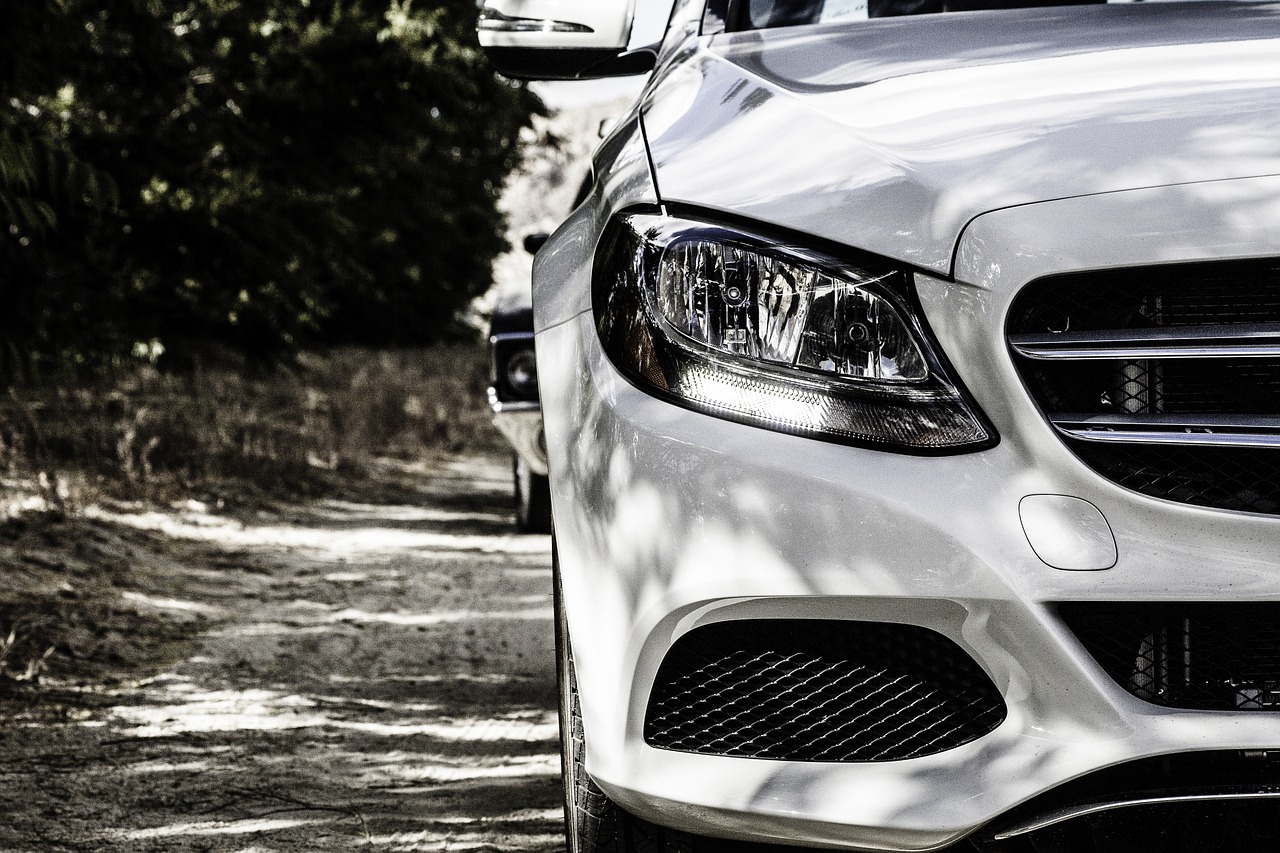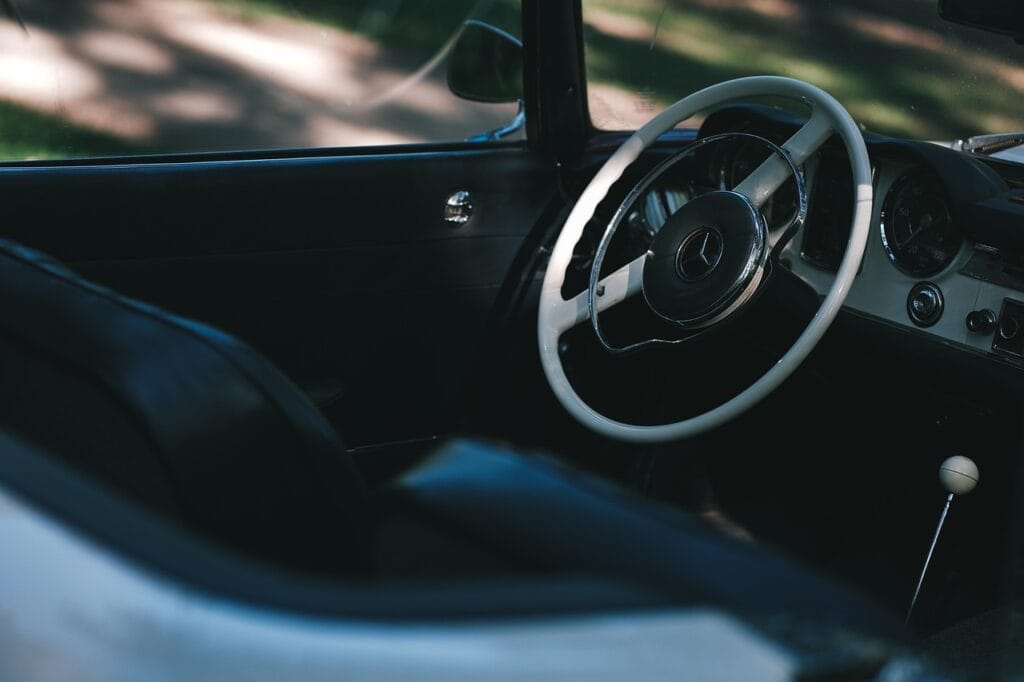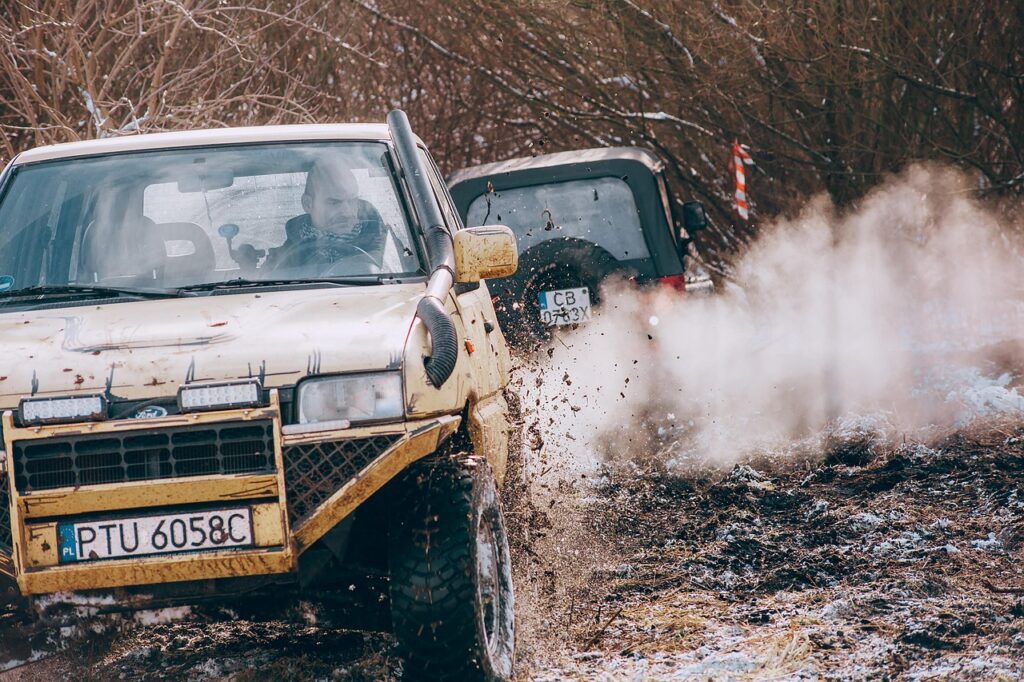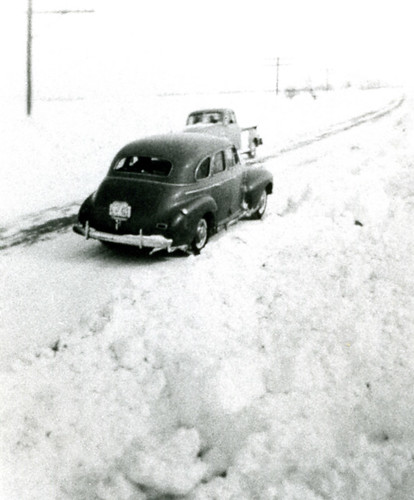
The unpredictable nature of winter weather can transform a routine drive into a precarious situation, swiftly shifting from inconvenient delays to genuinely dangerous conditions. For those residing in regions where snow, ice, and extreme cold are a regular part of the season, having a well-stocked vehicle emergency kit isn’t merely advisable; it’s a critical component of personal safety and preparedness. Such a kit is designed to mitigate risks, offer solutions to common winter roadside dilemmas, and, in severe instances, potentially save lives.
We understand the urgency of being ready for the worst, which is why we’ve meticulously assembled a comprehensive guide to building your DIY winter car emergency kit. Drawing upon extensive research and expert recommendations from reputable organizations like the National Weather Service (NWS) and the Federal Emergency Management Agency (FEMA), this resource outlines the essential items you need. These recommendations are not just theoretical; they are grounded in the sobering statistic that seventy percent of winter deaths related to snow and ice occur in cars, according to the Massachusetts Department of Transportation.
Whether you find yourself stranded in heavy traffic, facing a dead battery in a remote area, or simply needing to clear your windshield during a sudden flurry, the right tools can make all the difference. Our selections prioritize real-world application and utility, explaining precisely why each item is indispensable and how it will directly benefit you. We aim to equip you with actionable advice, empowering you to make informed decisions that enhance your safety and peace of mind on winter roads.
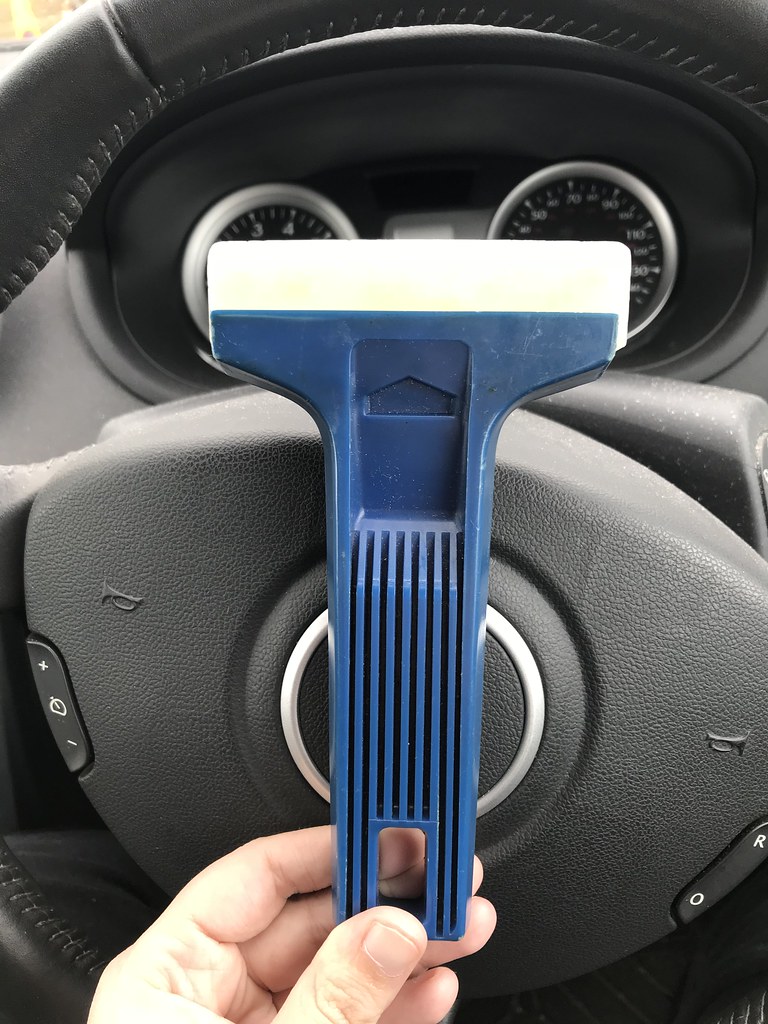
1. **Ice Scraper and Snow Brush**Beginning your winter car emergency kit with an ice scraper and snow brush combo is a fundamentally sensible step. These indispensable tools are your first line of defense against the elements, enabling you to swiftly remove accumulated ice and snow from all critical visibility points on your vehicle. This includes your windshield, side windows, rear view mirrors, and headlights, all of which must be clear to ensure maximum visibility and, consequently, maximum safety during winter driving conditions.
When selecting an ice scraper, prioritize one with a durable blade that is robust enough to effectively cut through layers of ice without scratching your vehicle’s surfaces. The accompanying snow brush component should feature stiff bristles, engineered to efficiently sweep away even heavy snow. Many high-quality models offer a scratch-free bristle head design and are constructed from durable materials capable of withstanding extreme cold, often rated to temperatures as low as -40°F, ensuring reliability when you need it most.
The best scraper and brush units often boast a versatile, detachable design, allowing for easier storage and more effective use in varying situations. This flexibility means you can tackle thick ice buildup with the scraper and then switch to the brush for broader snow removal with ease. Having these tools readily accessible in your car means you can maintain clear visibility, a non-negotiable aspect of safe winter travel, whether you’re starting your morning commute or dealing with an unexpected snowfall on the road.
Read more about: Beyond Snow Tires: Your Ultimate Lifehacker Guide to Winter Driving Essentials
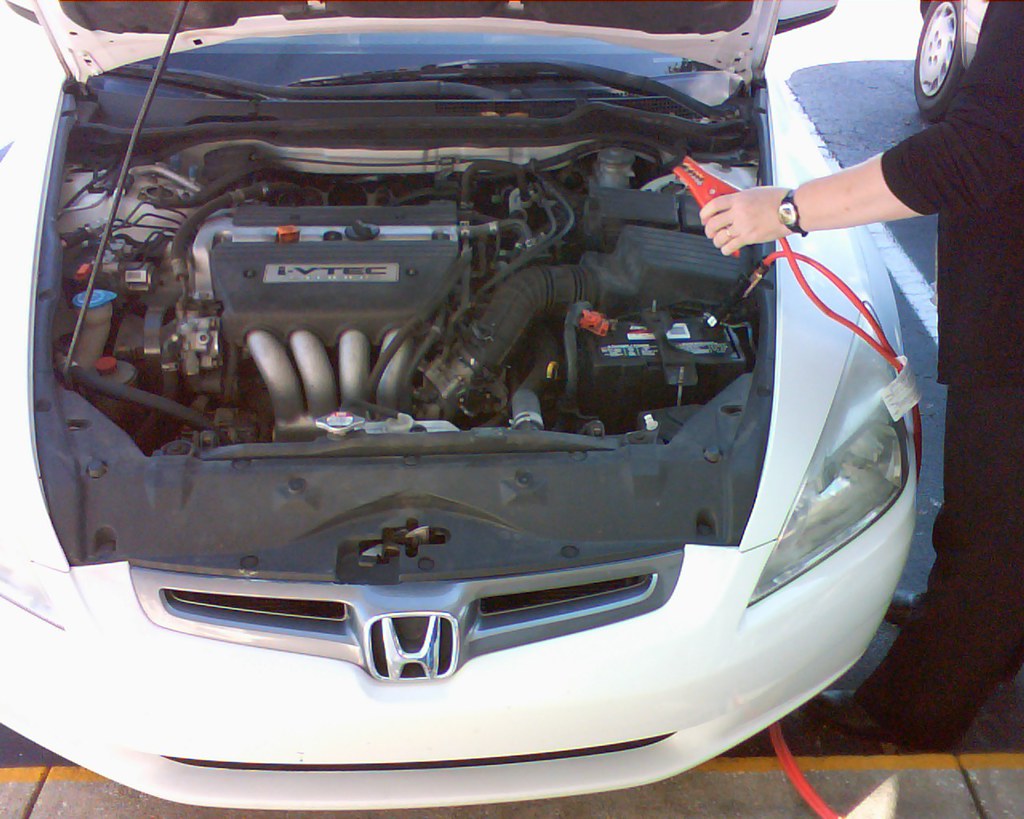
2. **Jumper Cables**The biting cold of winter is notoriously harsh on car batteries, often leading to unexpected failures and dead batteries at the most inconvenient times. This makes a reliable set of jumper cables an absolute necessity in any winter car emergency kit. These vital tools allow you to restore power to your vehicle by connecting it to another car’s battery, providing a crucial lifeline when your own battery gives out.
When choosing jumper cables, length and gauge are paramount considerations. Opt for long, heavy-duty cables, ideally around 20 feet in length, as these provide the flexibility to easily connect between vehicles even when space is limited or parking is difficult in snowy conditions. High-quality cables will also feature strong clamps equipped with insulated rubber protection, safeguarding against accidental shorts and ensuring a secure connection.
Beyond their physical attributes, it is crucial to select cables that are specifically rated for cold weather conditions, ensuring their insulation remains flexible and effective even in extreme temperatures. While owning a good set of cables is important, understanding how to use them correctly is equally critical. Proper usage prevents damage to your vehicle’s electrical system and ensures you can confidently get back on the road when faced with a dead battery.
Read more about: Mastering Winter: 12 Smart Ways to Prepare Your Older Car for Icy Roads and Freezing Temperatures
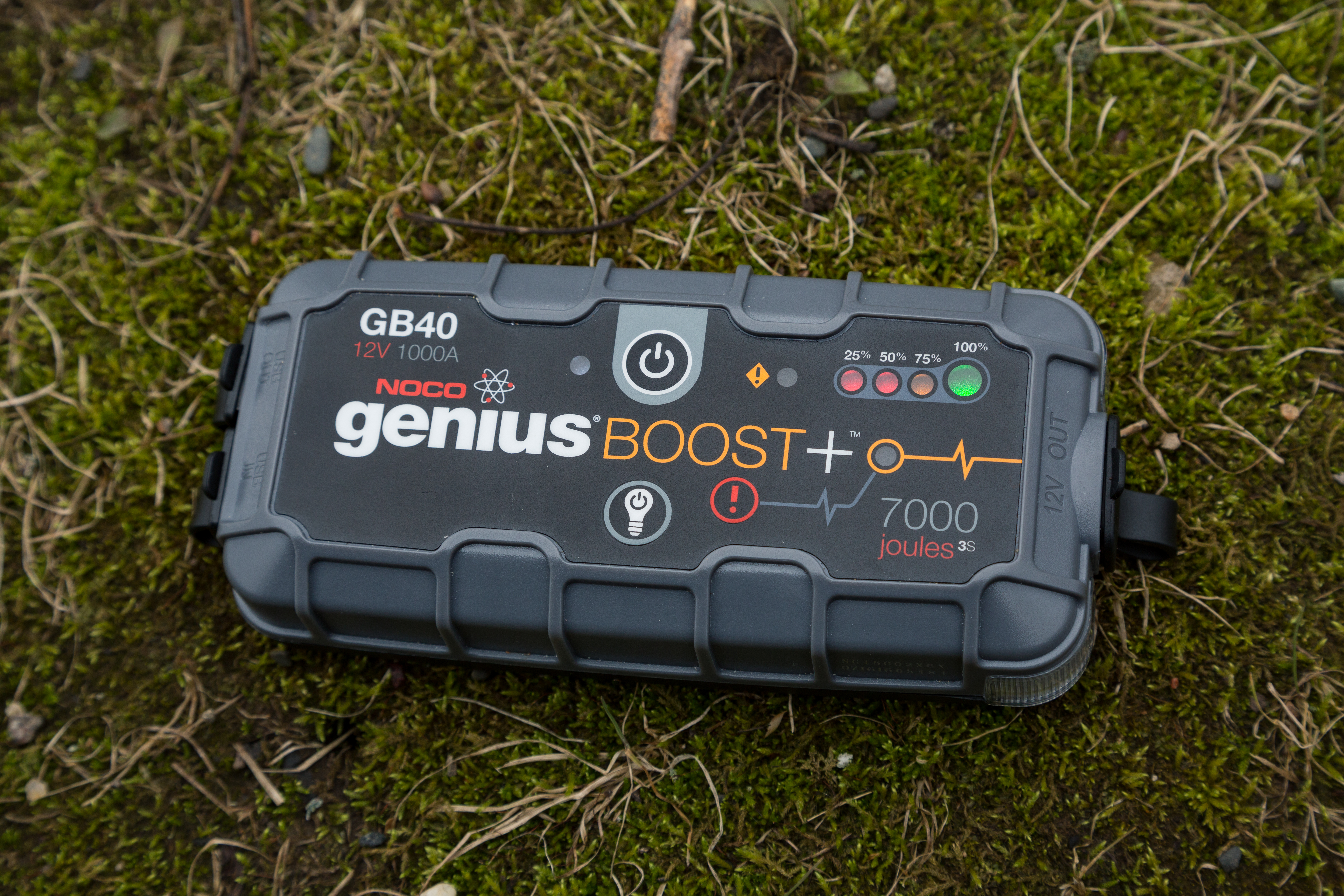
3. **Portable Jump Starter**While jumper cables are invaluable, their utility is entirely dependent on the presence of another vehicle willing and able to provide a jump. This is precisely where a portable jump starter becomes a truly indispensable item, offering a self-sufficient solution to a dead battery. These compact, yet powerful, devices can quite literally save you if there’s no other car around to help, which is a common scenario when breaking down on a rural road miles from assistance.
Modern portable jump starters are engineered for efficiency and convenience, often featuring powerful amp ratings, such as a 1000-amp capacity that can provide multiple jump starts on a single charge. Their compact size makes them easy to store, taking up minimal space in your trunk or glove compartment. Furthermore, many models are designed with water-resistant and spark-proof features, enhancing safety and durability in harsh winter environments.
Beyond their primary function of jump-starting your vehicle, these versatile devices often come equipped with a range of additional features. It’s not uncommon to find models that double as power banks for charging cell phones, incorporate LED flashlights for visibility, or even include tire inflators. Having a multi-functional portable jump starter provides an unparalleled sense of peace of mind, making it an essential component of any well-prepared DIY winter car emergency kit.
Read more about: Mastering Winter: 12 Smart Ways to Prepare Your Older Car for Icy Roads and Freezing Temperatures
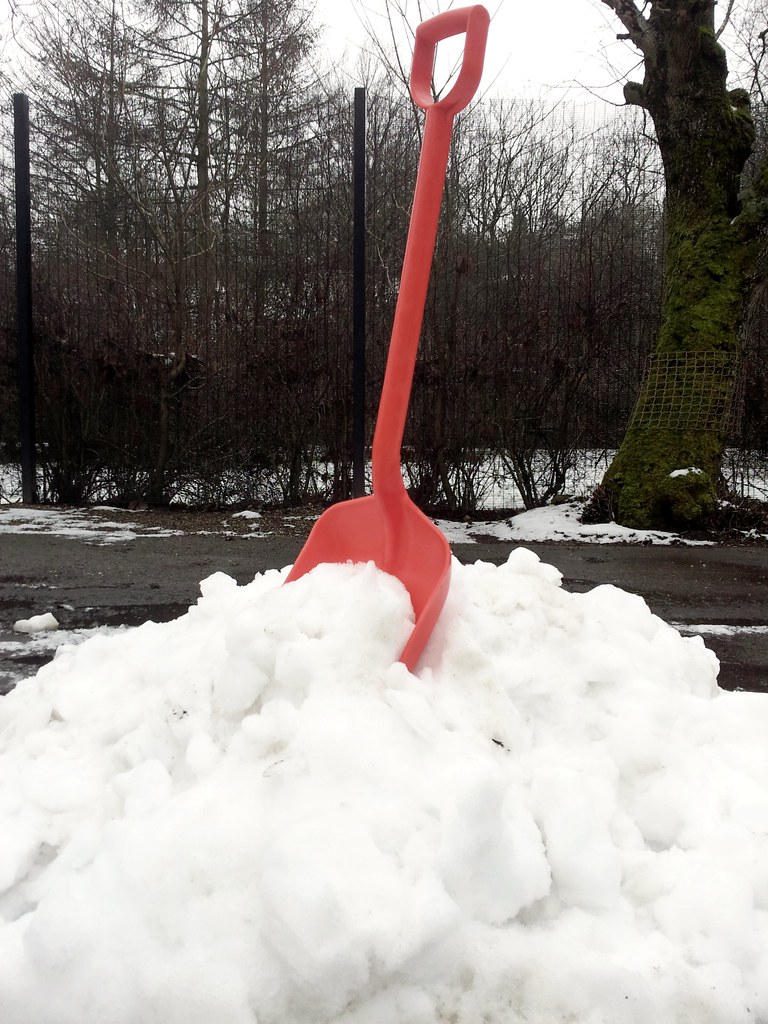
4. **Shovel**Winter driving frequently brings the risk of getting stuck, whether it’s in deep snow drifts, slick mud, or even icy patches. For these situations, a sturdy and reliable shovel is an absolutely essential tool. A collapsible shovel, in particular, offers the perfect balance of effectiveness and compact storage, allowing you to dig out your vehicle if it becomes immobilized, preventing hours—or even a night—of being stranded.
When selecting a shovel for your car kit, focus on models that are both lightweight and durable. Materials such as aluminum or steel are excellent choices, offering the necessary strength without adding excessive bulk. The ability to fold down for easy storage is a key feature, ensuring it won’t take up valuable space in your trunk when not in use. Some advanced designs even offer 3-in-1 functionality, transforming into a pickaxe or hoe for more challenging terrain, providing exceptional versatility.
This unassuming tool can dramatically alter the outcome of a roadside emergency, transforming a helpless situation into a manageable one. It empowers you to clear pathways around your tires, dig out from under heavy snow, or even create small ramps for traction. For enhanced comfort and ease of use during prolonged digging, some users even consider adding a rope to the bottom of the shovel handle, which can lighten the load on your back by distributing effort.
Read more about: Unlock Your Income Potential: 11 Practical Side Hustles to Earn an Extra $1000 Per Month
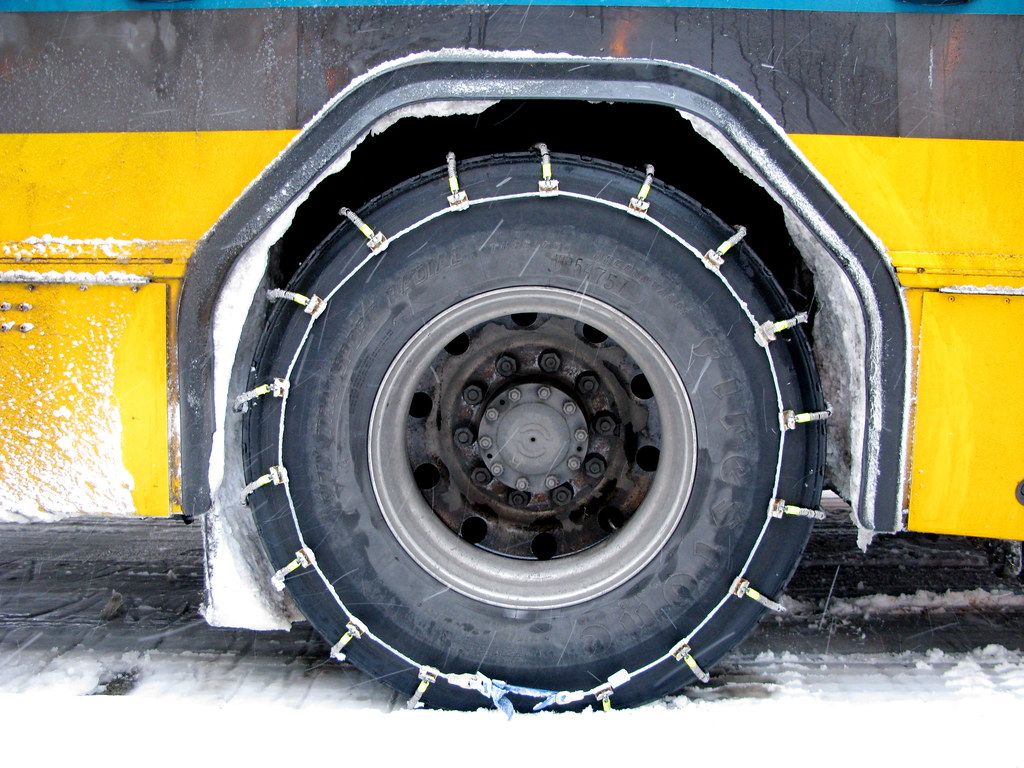
5. **Tire Chains**For drivers in areas prone to severe winter conditions, especially mountainous or rural routes where snow and ice are commonplace, tire chains are an indispensable safety device. These specialized accessories significantly enhance your vehicle’s grip on snowy or icy roads, providing crucial additional traction that standard tires simply cannot offer. In many regions, tire chains are often a mandatory requirement for navigating certain challenging routes during winter.
Tire chains work by wrapping around your vehicle’s tires, creating a rugged, high-friction surface that digs into snow and ice, dramatically improving stability and control. Modern designs frequently feature self-tightening ratchets, which simplify installation and ensure the chains remain securely in place while driving. Some innovative patterns, such as diamond configurations, are also designed to offer a smoother ride while still delivering superior grip.
To ensure optimal performance and safety, it is vital to select chains that are the correct size for your specific tires. Moreover, practicing the installation process beforehand in a comfortable, non-emergency setting can save significant stress and time when faced with real-world winter conditions. Having tire chains on hand means you’re equipped to tackle the most treacherous icy roads, making your winter journeys substantially safer and more reliable.
Read more about: Beyond the Price Tag: 14 Subtle Ways Inflation is Quietly Eating Your Grocery Budget

6. **Sand, Kitty Litter, or Traction Mats**Encountering a patch of ice or a deep snowdrift can quickly leave your car spinning its wheels, utterly stuck and unable to move. In these frustrating, potentially dangerous scenarios, readily available traction aids like sand, non-clumping kitty litter, or dedicated traction mats can be absolute lifesavers. These items provide the immediate grip needed to regain control and extricate your vehicle from slippery conditions, often preventing the need for a tow.
The principle behind these aids is simple yet highly effective: they increase friction between your tires and the slick surface. Sprinkling a handful of sand or non-clumping kitty litter directly in front of and behind your drive wheels gives the tires something to bite into, often providing just enough purchase to get moving again. These materials are inexpensive, easy to store, and remain effective even in freezing temperatures, making them a practical addition to any winter kit.
For a more robust and reusable solution, traction mats offer an excellent alternative. These rigid, often hexagonal-designed mats can be placed directly under the tires, creating an instant, high-friction ramp. They are particularly effective in deep snow, as demonstrated by their strong performance in challenging winter scenarios. Lightweight and capable of supporting substantial vehicle weights, traction mats are a compact and highly efficient tool for quickly freeing your car from being stuck in slippery conditions.
Read more about: Mastering Winter: 12 Smart Ways to Prepare Your Older Car for Icy Roads and Freezing Temperatures

7. **Blanket or Sleeping Bag**Should you find yourself stranded during a winter storm or unexpected vehicle breakdown, maintaining core body temperature is of paramount importance. Staying warm is not merely about comfort; it is crucial for preventing hypothermia, a serious risk in freezing conditions. A thick, insulating blanket or a thermal sleeping bag provides essential protection against the cold, helping your body retain precious heat.
The term “stranded” encompasses a wide range of scenarios beyond just veering off an icy rural backroad with no one for miles. It could be as common and frustrating as being caught in an hours-long traffic jam during a sudden snowstorm on your daily commute. In any situation where your vehicle loses heat or you are forced to wait for extended periods, adequate warmth becomes a critical safety factor.
When choosing a blanket, look for materials like wool, which offers excellent insulation, or consider a compact space blanket, known for its superior heat retention and minimal storage footprint. It is also a wise practice to ensure you have enough blankets or sleeping bags for every passenger in your vehicle. This thoughtful preparation ensures that everyone remains safe and warm, significantly enhancing comfort and survival chances if your car breaks down in freezing temperatures.
As we navigate deeper into preparing for winter’s harshest realities, the next set of emergency items focuses on sustaining your journey—covering everything from maintaining visibility and communication to ensuring essential vehicle preparedness for prolonged waits. These aren’t just conveniences; they are critical lifelines designed to keep you safe, warm, and connected when the unexpected strikes.
Read more about: Unlock the Open Road: 12 Genius Ways to Double Your Car’s Cargo Space for Any Road Trip

8. **Extra Warm Clothing**Beyond the initial blanket or sleeping bag for general warmth, having a dedicated stash of extra warm clothing in your vehicle is an indispensable layer of protection against the relentless winter cold. These items are specifically chosen to retain body heat effectively, creating a crucial barrier against hypothermia, which remains a significant threat during prolonged exposure to freezing temperatures, whether you’re inside a stalled car or forced to step outside.
Prioritizing specific garments like hats, gloves, scarves, and thermal socks can make an immense difference. These accessories target vulnerable areas where significant heat loss occurs, such as your head, hands, and feet. When selecting materials, wool stands out as an excellent choice; its natural properties allow it to wick away moisture while continuing to provide warmth, even if it gets damp, which is a key advantage over cotton in cold, wet conditions.
The utility of having proper winter clothing extends beyond just sitting in a cold vehicle. Should you need to leave your car for any reason—perhaps to make minor repairs, attach tire chains, or signal for help—these layers become vital. They provide the necessary insulation to perform tasks safely and comfortably, ensuring your ability to address the emergency without succumbing to the cold, thereby significantly boosting your chances of staying safe and functional.
Read more about: Elevate Your Autumn Aesthetic: 15 Essential Layering Pieces for Men Over 40 to Master Fall Style Instantly

9. **Non-Perishable Snacks**Unexpected winter delays can transform a short drive into an hours-long ordeal, making sustained energy levels crucial for maintaining focus and morale. Non-perishable snacks are therefore a fundamental component of your winter car emergency kit, providing essential calories and nutrients without the risk of spoilage, regardless of how low the temperatures drop or how long you’re stranded.
When stocking your kit, focus on calorie-dense options that offer sustained energy. Items like energy bars, trail mix, and dried fruit are excellent choices because they are compact, easy to consume, and provide a quick boost. The Massachusetts Department of Transportation specifically recommends high-calorie, non-perishable foods such as dried fruits, nuts, and canned goods for emergency kits, underscoring their importance in survival scenarios.
Furthermore, these snacks serve a unique physiological purpose in extreme cold. Vision Zero North Dakota suggests that if you ever find yourself needing to sleep in your car, consuming a high-calorie snack just before resting can stimulate your metabolism, thereby increasing your body’s heat production. This practical advice, common in cold-weather camping, illustrates how simple dietary choices can become critical tools for warmth and survival in a winter emergency. Ensure these provisions are stored in an easily accessible location within your vehicle, allowing for quick retrieval when hunger strikes.
Read more about: Mastering Winter: 12 Smart Ways to Prepare Your Older Car for Icy Roads and Freezing Temperatures

10. **Water**While often associated with warmer climates, staying adequately hydrated is just as critically important in winter, even if you don’t feel the same level of thirst. Dehydration can insidiously set in, affecting your cognitive function and physical endurance, both of which are vital for effectively managing a roadside emergency. Therefore, bottled water is an essential inclusion in your car’s winter kit to prevent this dangerous condition during extended waits.
The primary challenge with storing water in freezing temperatures is, predictably, the risk of it freezing solid and becoming unusable. To mitigate this, expert advice suggests storing water in insulated containers, which can delay or prevent freezing for longer periods. Additionally, keeping at least one bottle of water inside the cabin of your vehicle, rather than the trunk, provides an environment where it’s less likely to freeze, ensuring you have a readily available source of liquid hydration.
Regular rotation of your water supply is another key practice. While non-perishable, water bottles can degrade over time, and regular turnover ensures you always have fresh, unfrozen water available. This simple act of foresight can make a significant difference in your comfort and well-being should you find yourself in a situation where help is delayed and access to fresh water is compromised.
Read more about: Unlock Showroom Shine: 14 Professional Car Cleaning Secrets You Can Master at Home
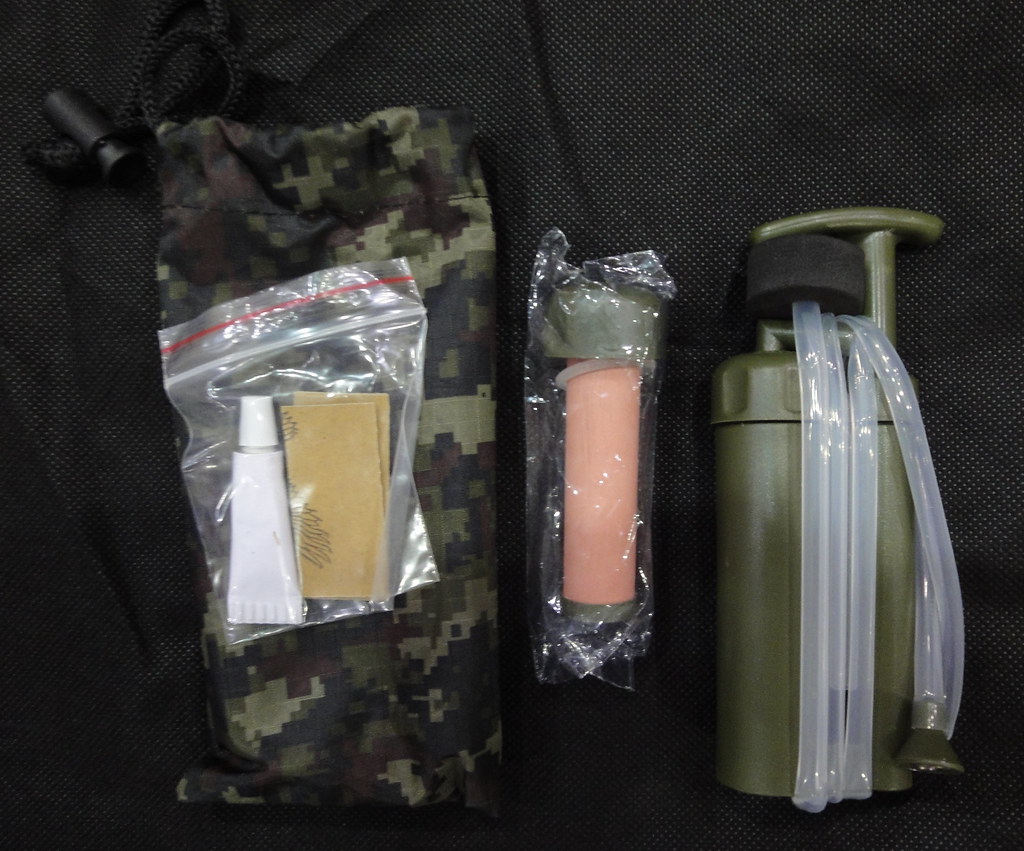
11. **Emergency Kit**For those seeking a comprehensive, one-stop solution to winter preparedness, a pre-assembled emergency kit offers unparalleled convenience and peace of mind. These robust kits consolidate a wide array of vital tools and supplies into a single, manageable package, often including items that might not immediately come to mind when building a DIY kit. They are meticulously curated to address a broad spectrum of common and uncommon roadside emergencies.
A well-appointed emergency kit typically contains an assortment of essential items, many of which are specifically designed for winter challenges. You might find invaluable tools like a glass hammer for emergency egress, a compass for navigation in unfamiliar or disorienting conditions, or a hand-crank flashlight that never requires batteries. Beyond these, a seriously well-stocked first-aid kit, a sturdy 12V, 150 PSI tire gauge for crucial tire maintenance, and multi-purpose accessories such as a compact shovel and general hammer are frequently included, ensuring you have the means to handle various scenarios.
These kits are typically designed to be compact and lightweight, often weighing between 4 to 6 pounds, making them easy to tuck away in your trunk or beneath a seat. The advantage lies in their immediate readiness and the assurance that you haven’t overlooked any critical components. For instance, the inclusion of durable tools and a focus on practical utility makes these kits an incredibly efficient way to ensure you’re prepared for unexpected breakdowns or delays without the hassle of sourcing individual items.
Read more about: Pet-Proof Your Home: A Comprehensive Guide to 12 Common Household Toxins Endangering Your Beloved Companions

12. **Flashlight with Extra Batteries**When winter’s short daylight hours give way to long, dark nights, the utility of a reliable flashlight becomes absolutely paramount for any roadside emergency. Whether you’re peering under the hood to diagnose a problem, changing a flat tire on a dimly lit stretch of road, or desperately trying to signal for help, a powerful and durable flashlight is an essential tool that can transform a perilous situation into a manageable one. It’s a year-round necessity, but its importance amplifies significantly in winter.
When selecting a flashlight for your emergency kit, prioritize models that are explicitly designed for rugged use and adverse weather conditions. Features such as a durable, weather-resistant construction are non-negotiable, ensuring it remains operational even in snow, sleet, or freezing rain. Modern flashlights often boast LED bulbs, which provide a significantly longer-lasting and brighter light source compared to traditional incandescent bulbs, conserving precious battery life. For optimal performance and convenience, opting for models with rechargeable lithium-ion batteries is a smart choice, as they offer consistent power output and can be recharged easily.
To maximize its utility, look for flashlights with multiple operational modes, such as high, medium, low, strobe, and SOS functions, providing versatile illumination for various tasks and signaling needs. An adjustable focus feature allows you to switch between a broad beam for general area lighting and a concentrated beam for detailed inspection. Crucially, always remember to pack extra batteries. Even the most efficient flashlight is useless without power, and having a fresh set ensures your light source is always available when you need it most, potentially for thousands of hours of reliable performance if properly cared for.
Read more about: Mastering Winter: 12 Smart Ways to Prepare Your Older Car for Icy Roads and Freezing Temperatures

13. **Road Flares or Reflective Triangles**Visibility is inherently reduced during winter, with conditions like snowstorms, heavy fog, and the diminished daylight hours making it incredibly difficult for other drivers to see a disabled vehicle. This makes signaling your presence an absolute priority to prevent secondary accidents and ensure your safety. Road flares or reflective triangles are purpose-built for this task, serving as unmistakable warnings that alert approaching traffic to your location.
These emergency signaling tools are critical for enhancing your vehicle’s visibility, particularly during nighttime breakdowns or when dense snow is falling. Reflective triangles are a passive yet highly effective deterrent, catching headlights from a distance and clearly indicating a hazard ahead. Road flares, on the other hand, offer an active, bright light source that can cut through low visibility conditions, providing an immediate and undeniable alert to other drivers.
Effective deployment of these devices is as important as having them. It is crucial to place them a significant distance away from your vehicle, ensuring that approaching drivers have ample warning and sufficient time to react and adjust their speed or lane position. Modern advancements in emergency signaling include rechargeable LED beacons with multiple flashing modes, such as nine distinct patterns, boasting long standby lives, and often featuring waterproof, crushproof, and magnetic designs for versatile and durable use in any winter scenario.
Read more about: Beyond Snow Tires: Your Ultimate Lifehacker Guide to Winter Driving Essentials
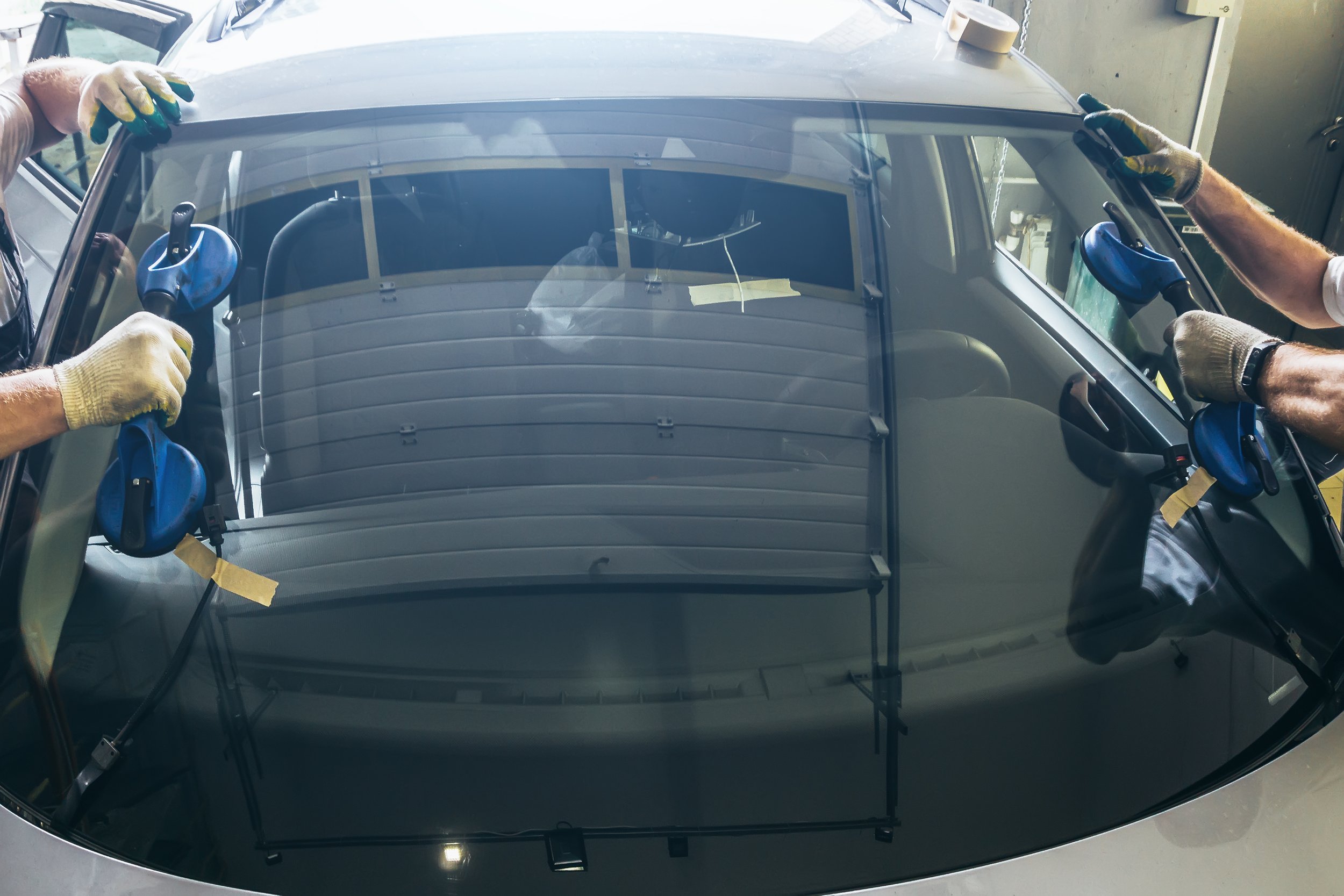
14. **Windshield Washer Fluid (Winter Formula)**Maintaining crystal-clear visibility through your windshield is an absolute non-negotiable for safe winter driving. However, the constant onslaught of snow, ice, slush, and road salt can quickly obscure your view, turning a routine drive into a dangerous venture. This makes carrying an extra bottle of winter-formula windshield washer fluid an essential, often overlooked, item in your car’s emergency kit.
Unlike standard washer fluids, winter formulas are specifically engineered with anti-freeze properties. This crucial feature prevents the fluid itself from freezing in your reservoir and on your windshield, ensuring that your sprayers remain operational and effective even in sub-zero temperatures. It actively works to melt ice and efficiently remove road grime, salt, and other winter debris, restoring your clear line of sight.
Always having an additional bottle in your trunk provides a crucial backup, ensuring you can quickly replenish your supply if it runs low, or if you encounter particularly aggressive winter conditions that demand constant cleaning. Many high-quality winter formulas offer a 2-in-1 solution, functioning as both a de-icer and bug wash, delivering streak-free cleaning that is also safe for modern rain sensors. This seemingly minor item plays a colossal role in guaranteeing that your most vital line of sight remains unobstructed, a fundamental aspect of winter road safety.
—
Equipping your vehicle with these essential items is not just about adhering to a checklist; it’s about embracing a proactive mindset toward safety and preparedness. The statistics regarding winter road deaths underscore the grave importance of being ready for anything the season throws your way. By thoughtfully assembling your winter car emergency kit, guided by expert recommendations and focusing on practical utility, you are not merely preparing for potential breakdowns—you are actively investing in your own well-being and the safety of your passengers. Drive confidently this winter, knowing you’ve taken every step to be ready for the road ahead, come what may.”

